The History of Wimbledon, the World's Oldest Tennis Tournament
"Hearst Magazines and Yahoo may earn commission or revenue on some items through these links."
Wimbledon is the oldest tennis tournament in the world, and one of the most prestigious. Played every year on the grass courts at the All England Croquet and Lawn Tennis Club in Wimbledon, in southwest London, the tournament is a favorite event of the British royal family.
The event, formally called "The Championships, Wimbledon," is also known as"The All England Lawn Tennis Championships" or the "Wimbledon Championships." For ease and clarity, we will simply refer to the event as Wimbledon.
Here's everything you need to know about the history of event.
The inaugural tournament was held in 1877.
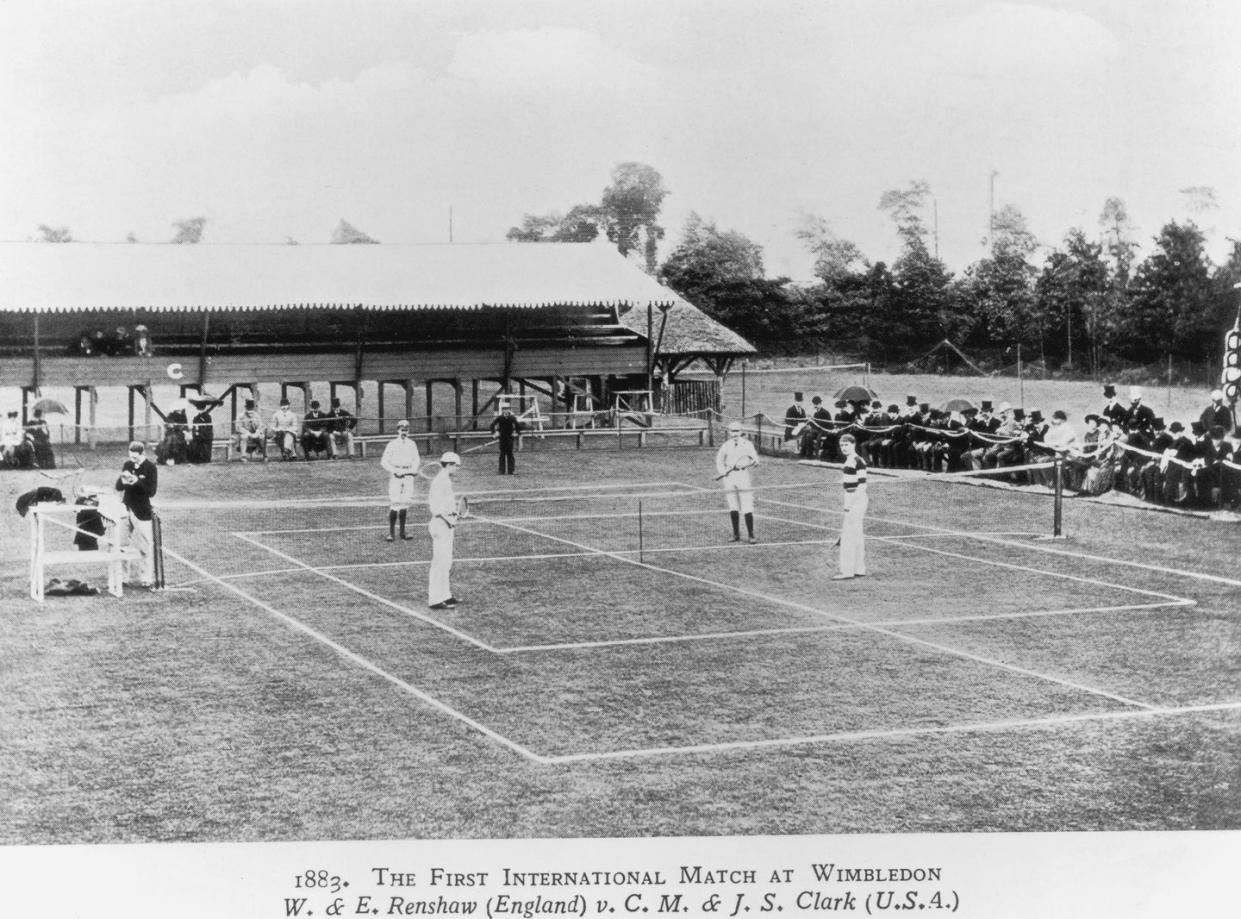
The first-ever men's tournament took in 1877, with 22 men competing. A magazine, The Field, announced "The All England Croquet and Lawn Tennis Club, Wimbledon, propose to hold a lawn tennis meeting, open to all amateurs, on Monday July 9th and following days." Each man paid an £11 entry fee, and Spencer Gore won the tournament. The first women's championship took place in 1884, and British player Maud Watson won.
In 1905, May Sutton becomes the first international winner.
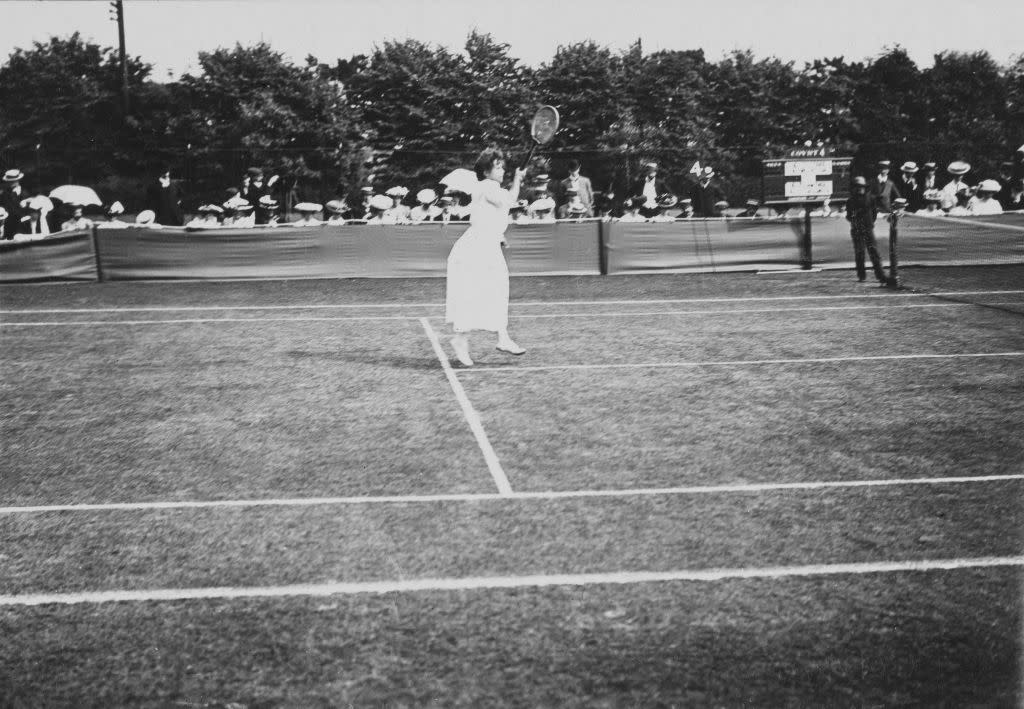
By the 20th century, Wimbledon had non-British players competing. In 1905, American player May Sutton won the women's championship, becoming the first international winner at Wimbledon. In 1908, tennis at the Olympics was played on the grounds, with two Brits taking home gold: Major Ritchie on the men's side, and Dorothea Lambert Chambers on the women's side. During World War I, Wimbledon was canceled.
Wimbledon moves to Church Road.
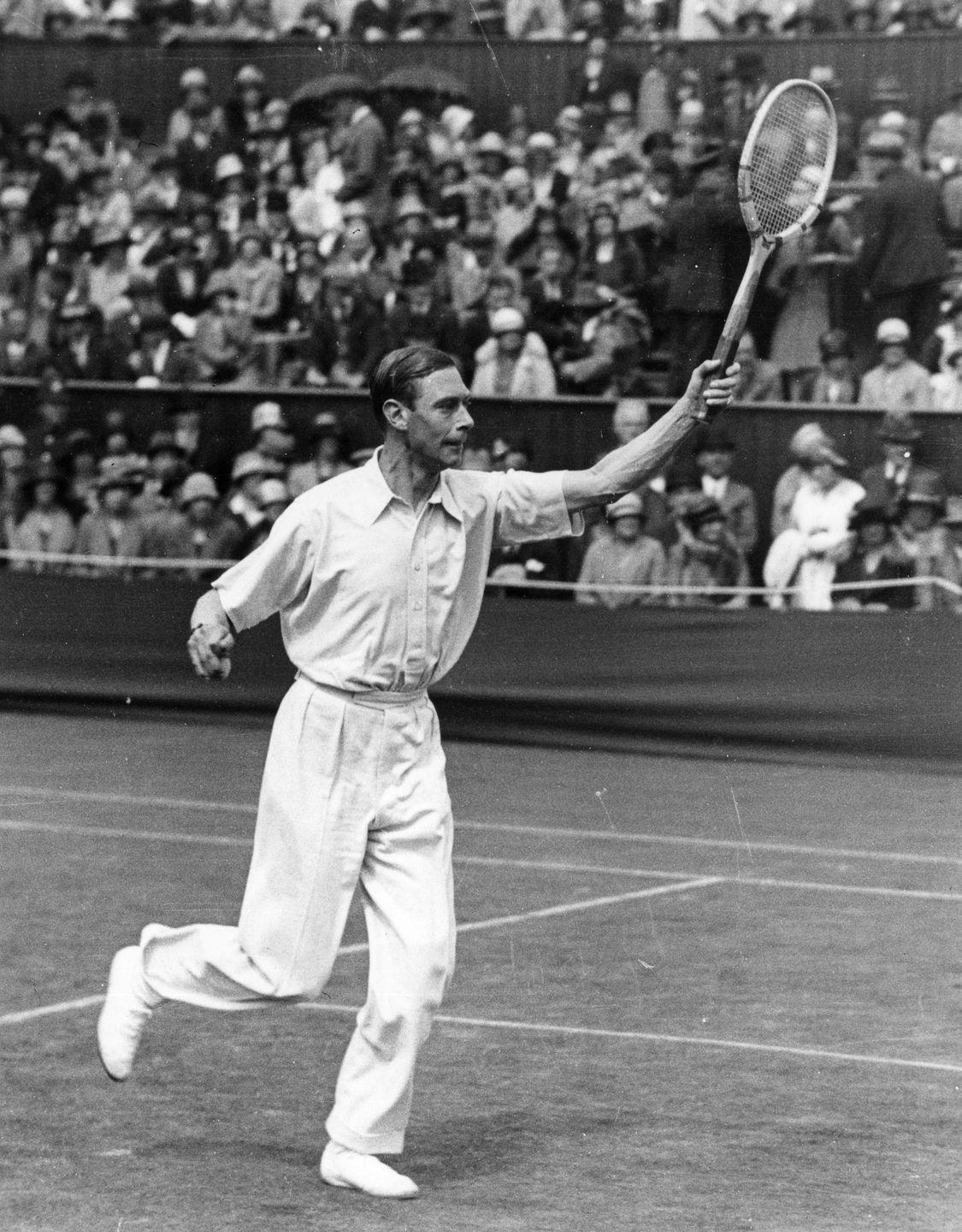
In 1922, the club moved from Worple Road to Church Road, to a space which could accommodate 13,500 people, and in 1924, No. 1 Court opened. As Wimbledon's website explains, "It was an architectural oddity with its large open soccer-style terrace on the western side, covered stands at each end and the eastern side largely taken up by a transparent concrete wall and a pair of giant pulleys, which seemed more in keeping with a naval dockyard than a sports stadium. Originally intended as a hard court when the All England Club moved to Church Road in 1922, it eventually opened two years later as the second main grass court instead, with accommodation for 3,250 spectators. Over the years this was gradually expanded to 7,500."
The '20s also saw the participation of a royal in the tournament: the then-Duke of York (future King George VI) competed in 1926, though he lost in the first round.
In 1937, Wimbledon is televised for the first time.
Centre Court is bombed during World War II.
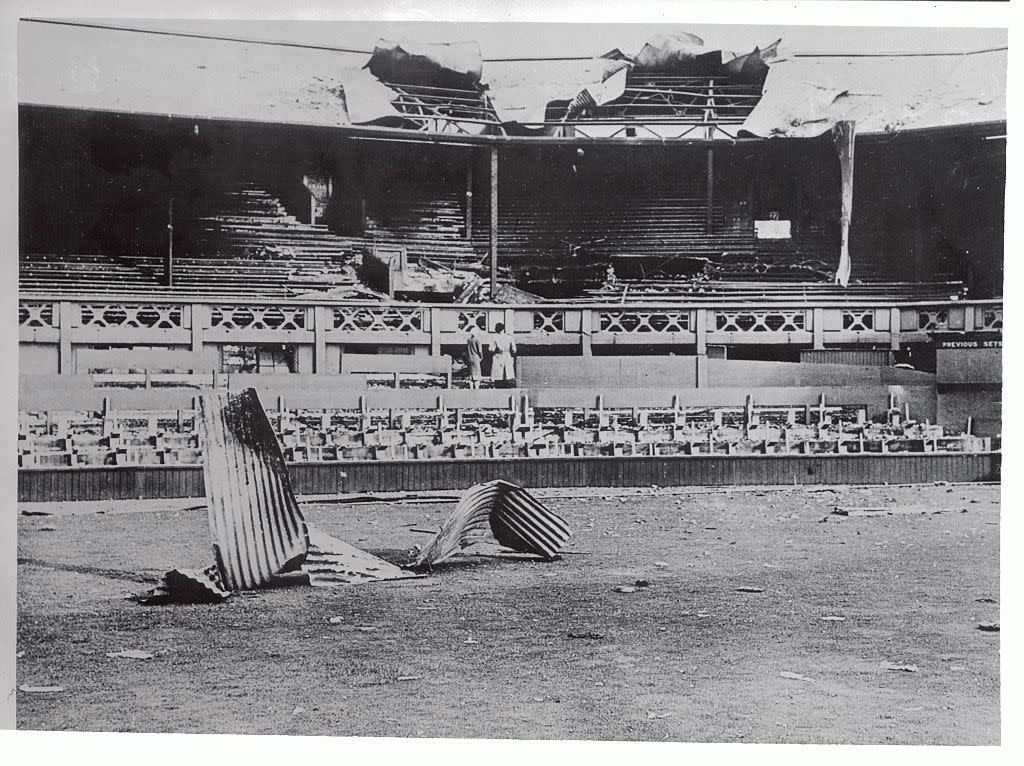
Once again, Wimbledon was not held during World War II, and in fact, the All England Club was bombed. Throughout the war, Wimbledon was used as a defense camp.
"The whole country was completely on a war footing," Richard Evans, author of The History of Tennis, told History.com. "Wimbledon had this amazing complex of space and facilities, and people took for granted that it would be used for the war." H adds, "No one grew anything on the courts, but the carparks were turned into miniature farmland."
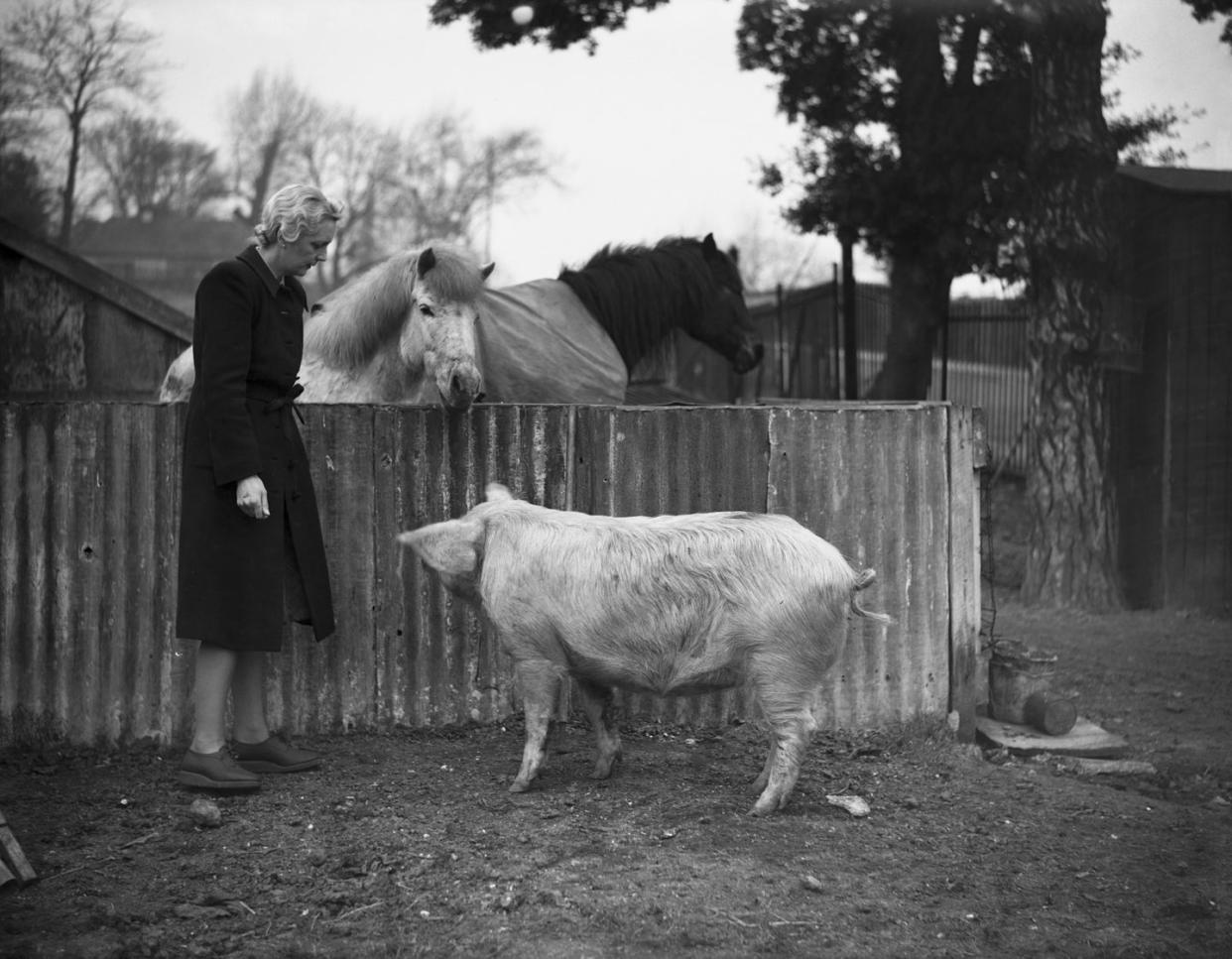
In fact, John Barrett, author of Wimbledon: The Official History notes, "One of the car parks was ploughed up to grow vegetables. Another housed pigs, chickens, ducks, geese and rabbits in temporary wooden homes, while the main concourse echoed to the marching feet of detachments of the London Welsh and London Irish regiments."
The first post-war tournament was held in 1946, after the six-year break for the war. American Pauline Betz won the women's championships, and France's Yvon Petra, who had spent five years as a prisoner of war in Germany, won the men's championship.
Wimbledon enters the Open Era, and starts paying its champions.
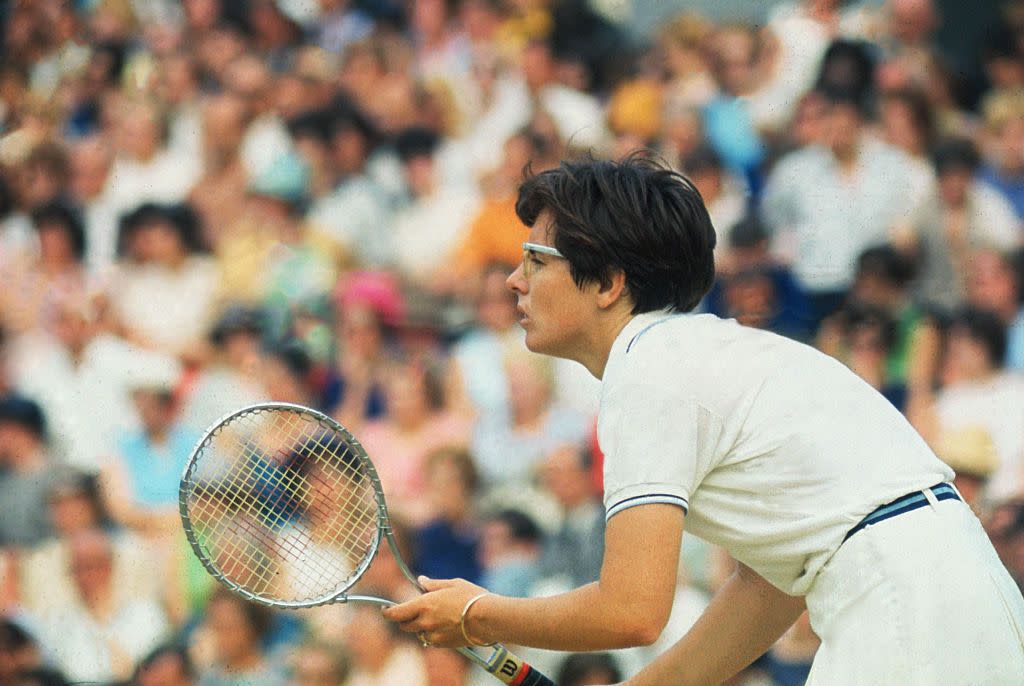
Before 1968, Wimbledon was for amateur players, but starting with the Open Era—when the four Grand Slams allowed professionals to compete with amateurs—that all changed. As ESPN reported in 1967, "The tennis barons of Britain defy tradition and vote overwhelmingly to abolish the line between amateurs and pros. This 'revolt' by the British Lawn Tennis Association, by a vote of 295-5, opens the way for open tennis at Wimbledon. The move is made because the English are tired of the hypocrisy in the sport, the shamateurism that plagues high-class tennis. It is well known that amateurs bargain for—and receive—exorbitant expenses to compete at many tournaments."
From then on, Wimbledon would offer prize money. The first winners of the Open Era were Rod Laver (of Australia), who won £2,000, and Billie Jean King (of the U.S.), taking home just £750. (Both had previously won in the amateur era.)
Martina Navratilova wins a record nine Wimbledons.
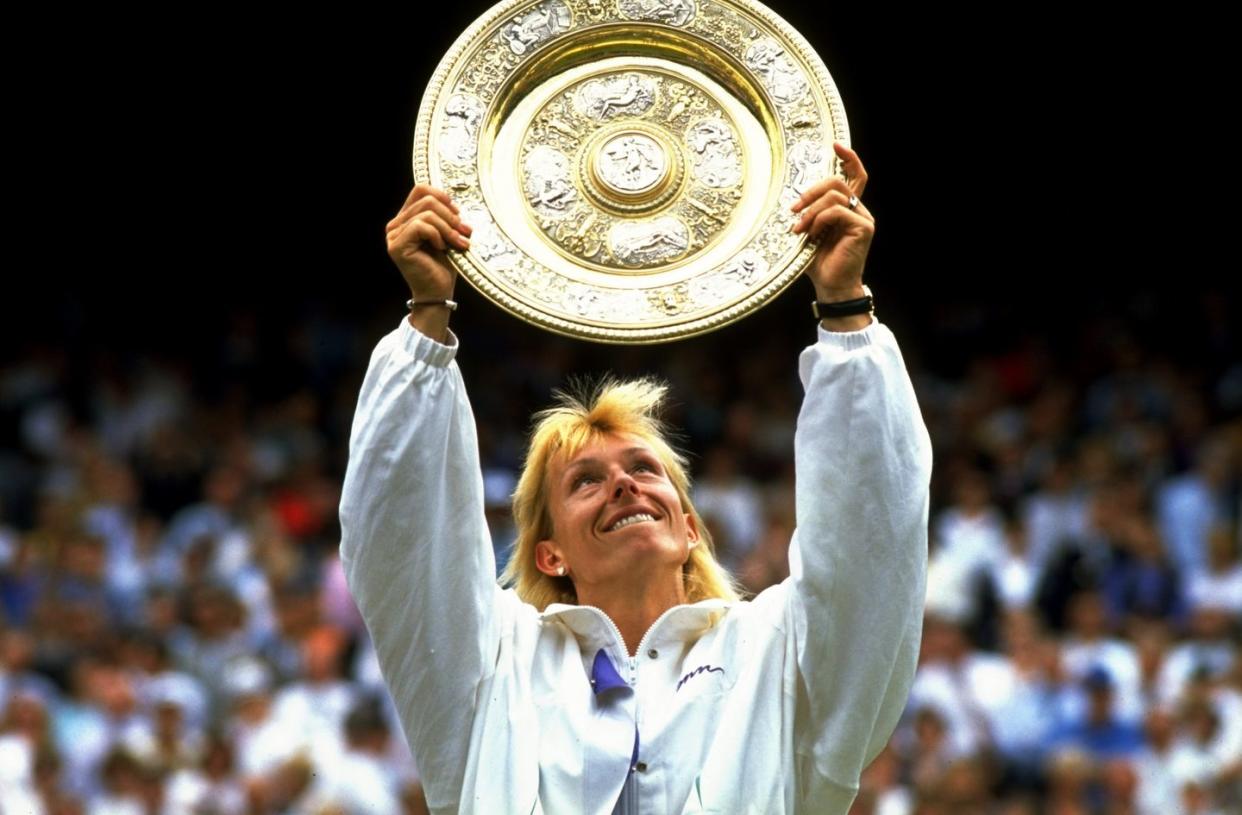
In the 1970s and 80s, Czech-American player Martina Navratilova wins Wimbledon nine times (1978, 1979, 1982–87, 1990). On her last win, in 1990, she said, "There were no glitches this time; everything came up nines. This tops it all, absolutely, because I've worked so hard."
Other major winners of these three decades include Stan Smith, Jimmy Connors, Chris Evert, Arthur Ashe, Bjorn Borg, John McEnroe, Boris Becker, Steffi Graff, Pete Sampras, and Andre Agassi.
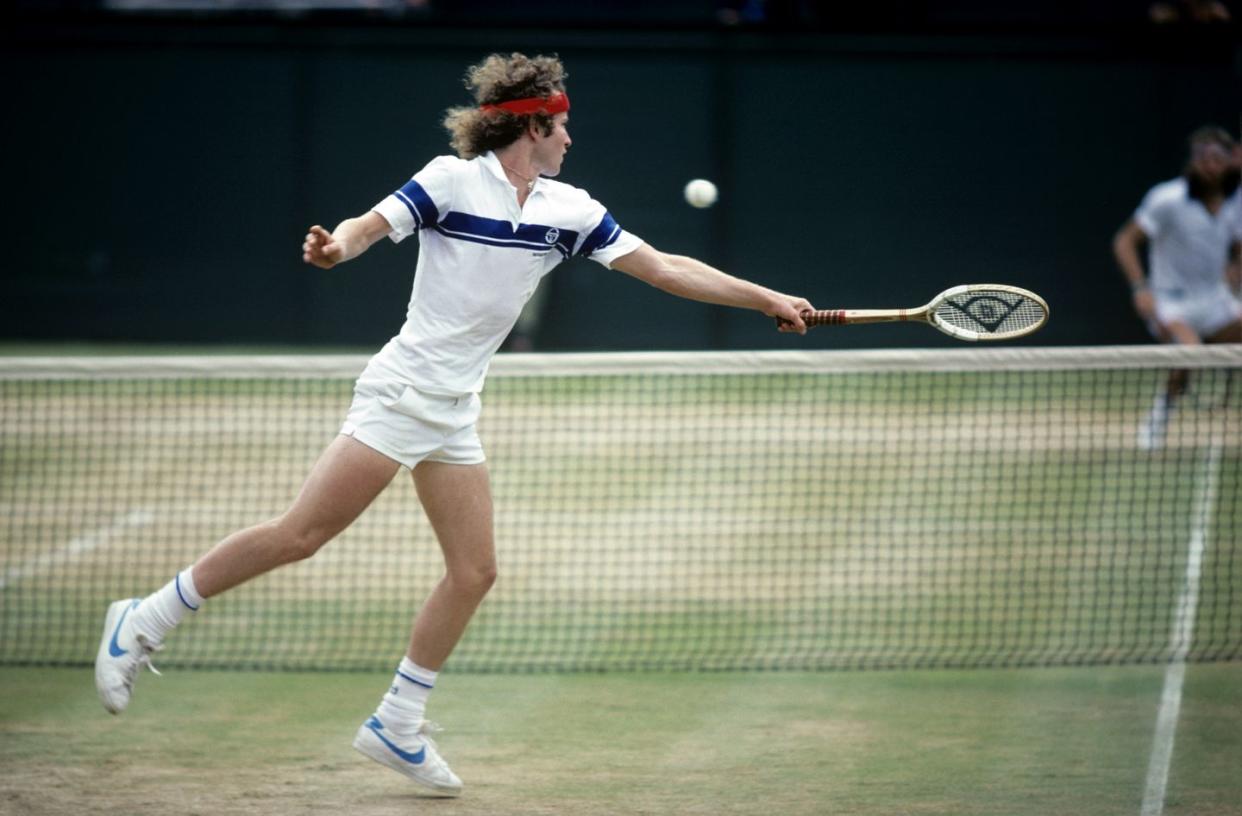
The year 1981 is also notable, as it brings us the moment John McEnroe shouts, "you cannot be serious!" As Wimbledon's history notes, " It is one of the most infamous lines in tennis history. Remembered and imitated on an almost daily basis around the world, in 1981, a headband-wearing, frizzy-haired John McEnroe was so furious at Wimbledon umpire Edward James's refusal to call his serve in, that he uttered the immortal words 'you cannot be serious,' Subjecting both James and the Centre Court crowd to a tirade of ill-tempered mutterings, it became McEnroe's calling card, so famous that he titled his autobiography, somewhat tongue in cheek, 'Serious.'"
The Williams sisters reign supreme in the 2000s.
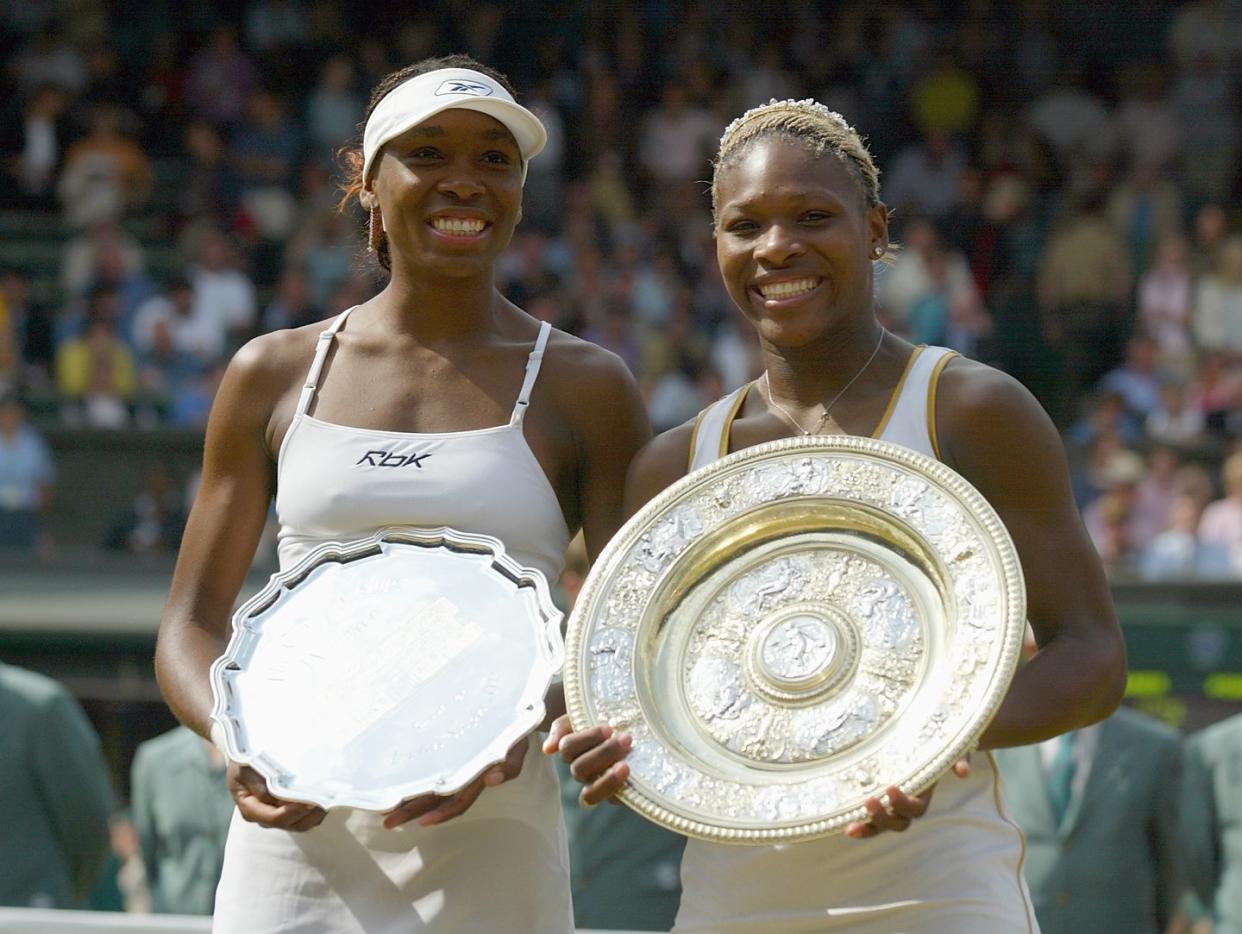
At the turn of the century, two sisters from Compton, California, begin to dominate at Wimbledon. As the tennis tournament's official history notes, "From 2000-2010, the Williams sisters made SW19 their own back yard. Venus won five singles titles, Serena four. Four times they faced each other in the final, and on three of those occasions they then returned to Centre Court to contest – and win – the women’s doubles."
This decade is when we also begin to see "the Big Four"—Roger Federer, Rafael Nadal, Novak Djokovic, and Andy Murray—dominate at Wimbledon. Between 2003 and 2022, these are the only four men who have won the grass court championship. (Federer holds the record, with eight wins, though Djokovic could tie him this year.)
Wimbledon finally awards equal prize money in 2007.
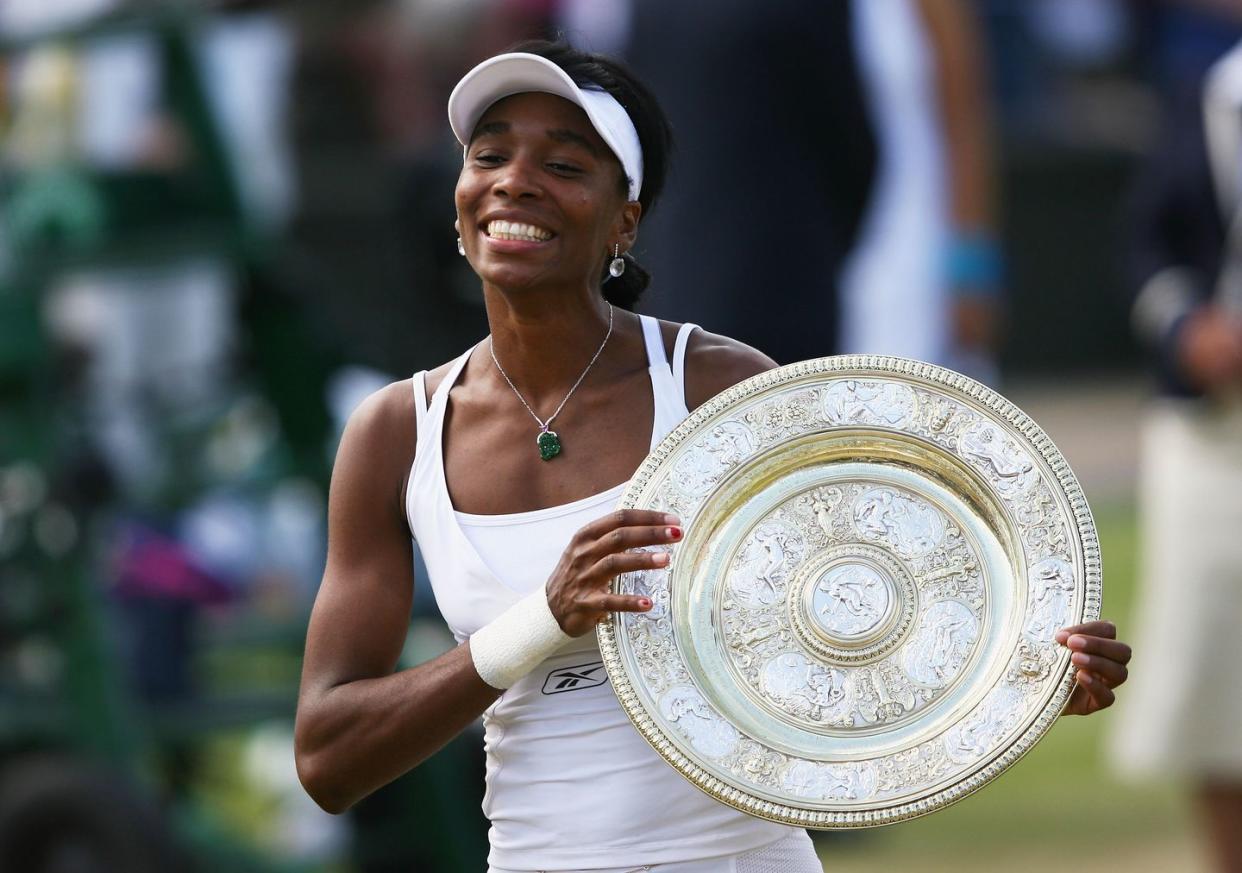
Thanks to advocacy by Venus Williams, Wimbledon began offering equal pay money, becoming the last Grand Slam tournament to do so. When Venus won that year, she became the first woman to win exactly the same as the men's champion: $1.4 million.
"Tennis is one of the few sports in which women and men compete in the same event at the same time," Tim Phillips, Chairman of the All England Club, said at the time. "We believe our decision to offer equal prize money provides a boost for the game as a whole and recognizes the enormous contribution that women players make to the game and to Wimbledon. We hope it will also encourage girls who want a career in sport to choose tennis as their best option. In short, good for tennis, good for women players and good for Wimbledon."
The Princess of Wales becomes royal patron of Wimbledon.
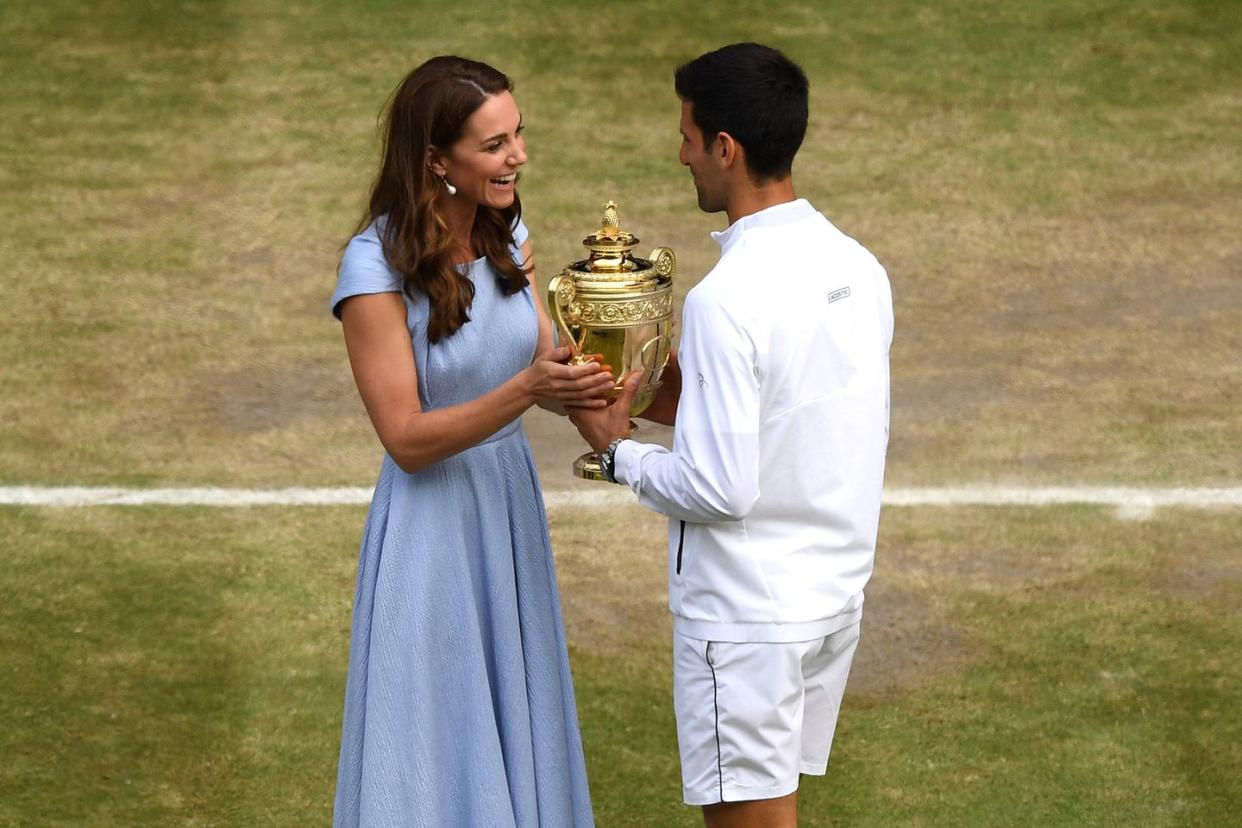
Prince Edward, the Duke of Kent became president of the All England Lawn Tennis and Croquet Club in 1969, and historically presented the trophies to the winners.
In 2016, Kate Middleton took over as royal patron from Queen Elizabeth, Kate is a huge tennis fan, telling BBC, "It’s such a quintessential part of the English summer, and I think it really inspires youngsters; myself, it inspired me, when I was younger, to get involved in the game. It hasn’t changed either, I think that’s what’s so wonderful." In recent years, she's joined the Duke of Kent at trophy ceremonies, and last year, she took over entirely. (See Kate at Wimbledon through the years.)
You Might Also Like
